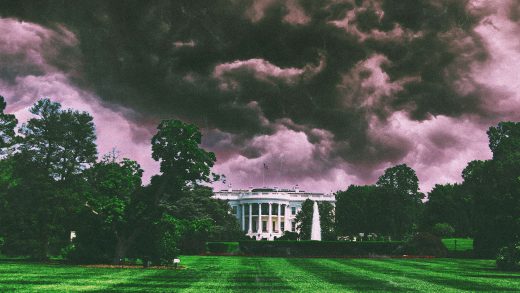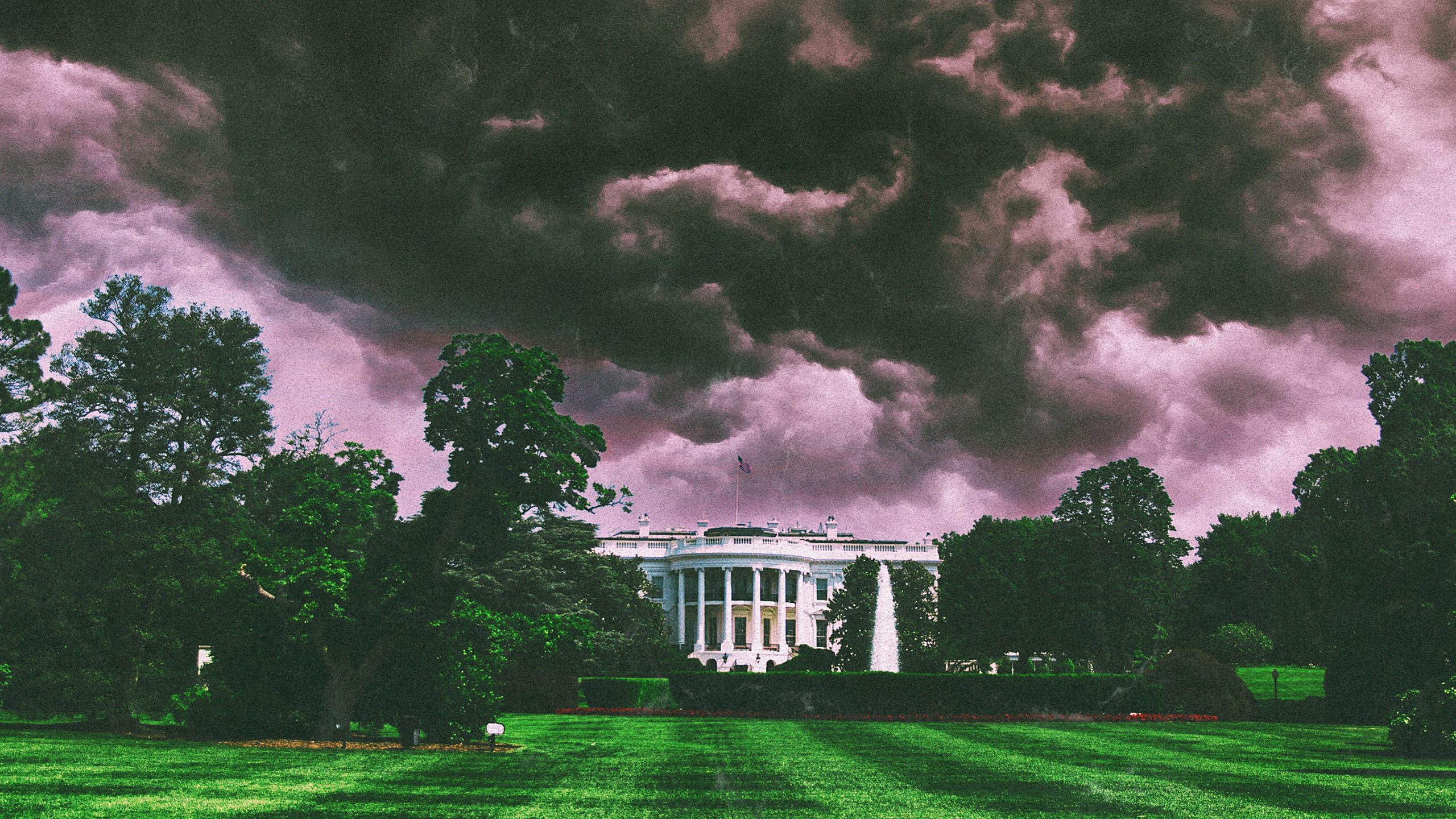How policymakers can keep climate top of mind—even if Trump wins
How policymakers can keep climate top of mind—even if Trump wins
Policymakers can change how they talk about, think about, and act on the climate so that it lasts regardless of the political tides.
There’s fear in the climate community that November’s presidential elections could upend all the work that President Joe Biden’s administration has done on clean energy and environmental justice. As a result, there’s a mad dash to get climate funding out the door in case the White House changes hands in 2025.
All of this is forcing the climate community to think seriously about how to keep this work alive and find creative ways to make environmental policies and programs stick around irrespective of administration. Given that climate change is impacting every aspect of our governed lives, and since the economics of acting on climate are on our side, the lift here shouldn’t be too difficult.
There are several things that federal and local governments can do today to change how policymakers talk about, think about, and act on the climate so that it lasts regardless of the inevitable political tides.
Speak the same language the majority speaks
Much of the climate rhetoric reads as if environmentalists are the primary audience. But for normal folks, it’s often unpalatable. Climate conversations often include inaccessible language regarding deep decarbonization, carbon neutrality, net zero this and embodied carbon that. If we want climate to stick, the language we use must be what most folks are using, not something that feels disconnected from the current reality.
Translation: Let go of climate jargon and lean into lay language, whether it’s the basics of clean air and clean water or framing it around opportunity, prosperity, and fairness. That’s not less studied or less scientific. The simpler the better, as it’ll reach more of the masses. If we want the public to track with it, irrespective of political parties and appointments, we’ve got to use the language the majority of people are using, not something that gets lost in translation.
For example, city staff who are working on decarbonizing the built environment are rightly rerouting the work to track within the affordable housing crisis, something that’s on many Americans’ minds. Similarly, federal government folks are repackaging their environmental justice work within opportunity, prosperity, and fairness framing, knowing that it will make sense to more audiences and will be more palatable across the political spectrum.
Make the environment relevant to all government agencies
This is going to be a tough one for environmentalists because many prefer their climate camp—despite the fact that many Americans’ top priorities are health and economic needs, safety and security concerns, education and work-related issues, and basic quality of life. Too often the environment or energy departments in federal or local governments are separate and siloed and they’re messaging to a wider government community that isn’t always tracking. Taking the time to leave one’s climate comfort zone and sit with colleagues to find the natural ways the environment emerges within their work, which it inevitably does, is a surefire way to grow the movement.
Translation: Find ways to connect the climate to work that’s already happening across health and housing, economic development, labor, education, workforce, and security agencies and departments. While there’s something comforting about convening climate colleagues in one dedicated space, it often leads to behavior that isn’t very integrated into every other aspect of governance. Removing the barriers to what constitutes a climate department, then, can help reinforce the idea that climate is germane to the entire government, not a singular silo.
For example, several U.S. cities have embedded their sustainability programs and projects within their city’s health department or within their office of economic development. Others have positioned their adaptation and resilience work with the public safety division. Local governments that have hired chief heat officers are convening multiple departments and agencies simultaneously to tackle the problem. The title enables city staff to leverage public safety and health departments, as well as public works and workforce departments, in new and whole-of-government ways. Chief flood officers could serve the same purpose.
These are all ways of keeping the work alive and well within frameworks that often make more sense and are more palatable to the public—all while maintaining the integrity of the work. As long as the environmental department is separated from the whole of society, it’ll struggle to be a part of everyday life. By reorganizing government structures and titles so they’re more integrated, and less separated and siloed, the greater the opportunity for climate to be an everyday thing, not a separate thing.
There’s no question that the climate community is being tested right now. And if it wants to survive, and thrive, it’s going to require some creative thinking and doing, as identified above—both in the language we use to describe the work and in how we leverage it across the whole of society and government. Climate is everywhere, and impacts everything we do, so let’s make sure it’s in everything we do.
ABOUT THE AUTHOR
Fast Company
(12)



